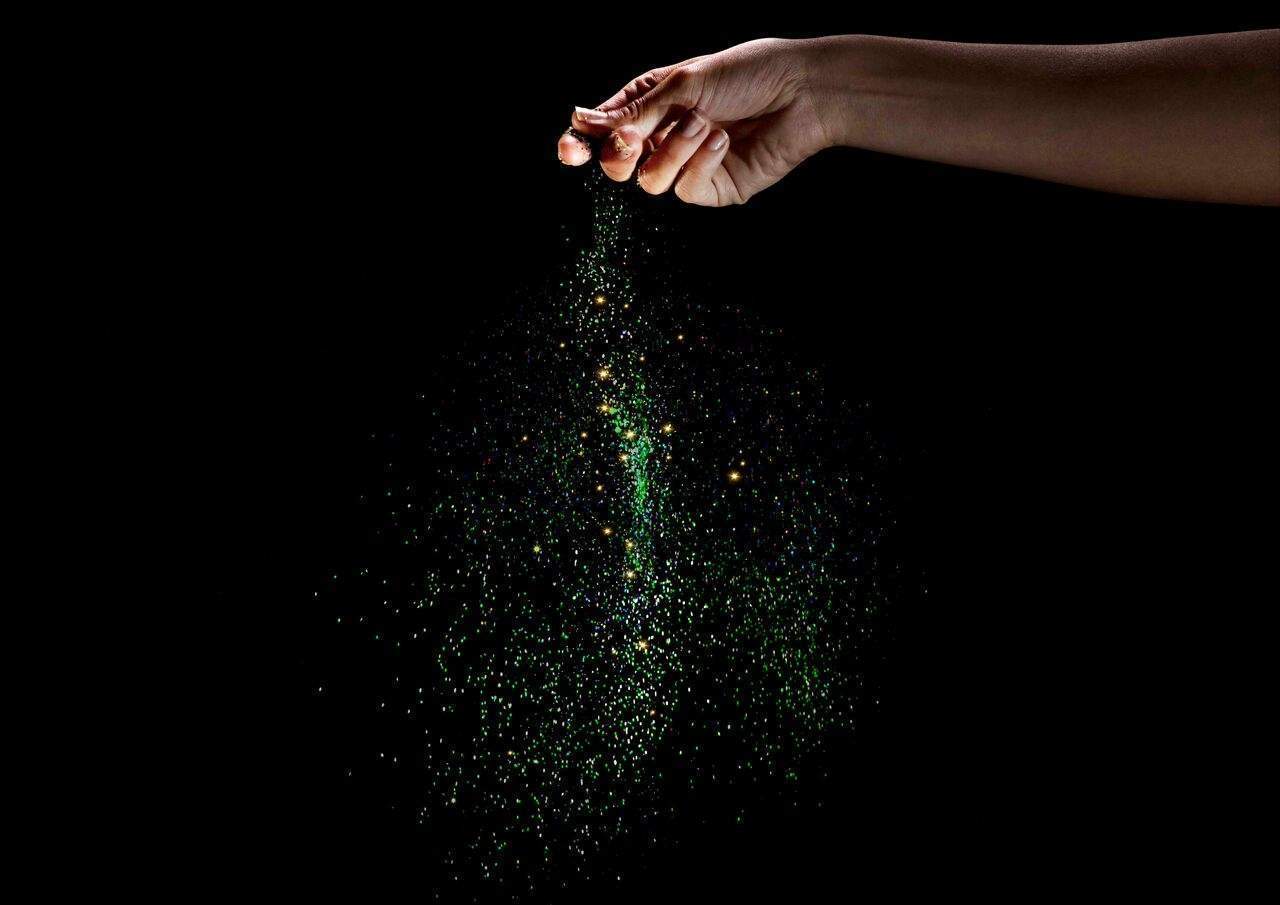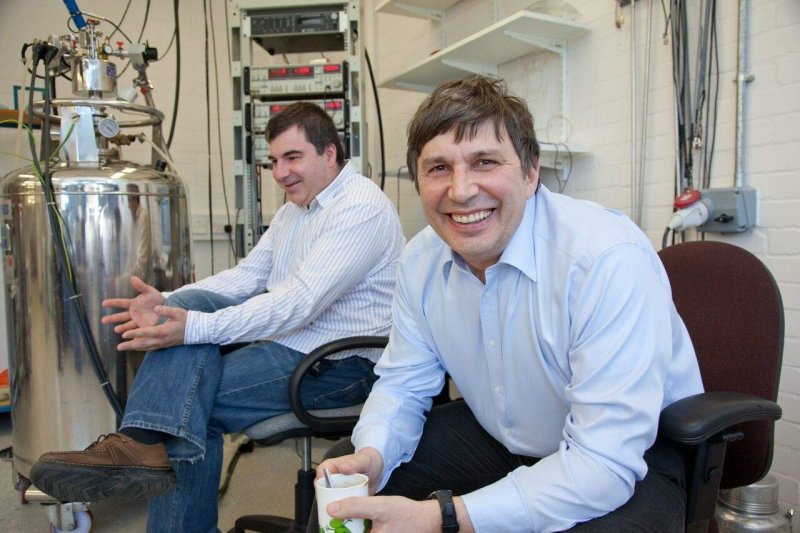
Take a few steps into the Museum of Science and Industry’s new exhibition and you’ll come across a panel with a proposition that is almost certain to startle: “Imagine drinking sea water through a straw.”
The museum in Manchester is hosting Wonder Materials: Graphene and Beyond – the launch of which coincides with Manchester’s year as European City of Science. The carefully curated space hopes to introduce the public to a material discovered in Manchester, which has been shrouded in mystery until now.
Graphene is essentially a single layer of carbon atoms, each of which is structurally-bound in the form of a honeycomb lattice – a hallmark of graphene distinguishing it from other carbon allotropes (different forms of the same chemical element) such as diamond and graphite. Though this may not mean anything to you, its implications will.
The complex arrangement of carbon atoms in graphene means it is the world’s first two-dimensional material – a million times thinner than paper, 200 times stronger than steel. It’s one of the most conductive materials we now know of, extremely light in weight and invisible to the naked eye.

Scanning transmission electron microscope image showing the hexagonal atomic structure of graphene. Each white spot is a single carbon atom. Photo: Courtesy of Sarah Haigh, University of Manchester and Quentin Ramasse, EPSRC SuperSTEM Laboratory, Daresbury
It is properties like this which have caused scientists and innovators alike to speculate about graphene’s potential applications. It is impermeable to almost everything except water, which means places such as the Masdar desalination plant in Abu Dhabi can attempt to use graphene to make the process of turning salty sea water into clean drinking water “faster, cheaper and more energy efficient”.
Dotted around the exhibition are further imaginings of graphene-enabled technologies in the future: “batteries that last a lifetime”, “healthy clothes”, “personal flying backpacks”. When graphene’s properties are being looked at to improve the way we store energy, monitor our health and revolutionise flight, it is, as exhibition co-curator Danielle Olsen tells me, “under a lot of pressure to perform”.
For a material promising so much, it may come as a surprise to find out just how accidentally it was discovered. In 2004, Russian scientists Andre Geim and Kostya Novoselov were playing around with some sticky tape during one of their now infamous “Friday night experiments” in Manchester. They used the tape to isolate thin flakes of graphite, which they then continuously separated into layers which were just one atom thick. Graphene had been discovered and the pair went on to win the Nobel Prize in Physics in 2010.

Andre (right) and Kostya (left) in their laboratory at the University of Manchester, 2010. Photo: Yana Audas, © Nobel Media 2010
For Geim, it was the spontaneity found in playful research which excited him and ultimately led to the discovery. From the beginning of his career, he was keen to resist against being pigeonholed into extremely niche areas of research– something which often happens to scientists. “In the case of graphene, I certainly checked it but I never used the words graphite or carbon in any of my previous hundred papers . . . it was completely out of my area of expertise,” he tells me.
It’s been 12 years since graphene’s discovery, and Geim is acutely aware that public curiosity around the material is boiling over. When asked what he would like visitors to understand about graphene from this exhibition, he said: “I think graphene has already perpetuated into public perception a little bit. It was in front of our eyes and under our noses for 500 years. One of the powerful messages of this story is that it shows how little we know about the world around us. The only thing that we still remain to find out is how much impact it will have.”
Geim stressed that the most remarkable thing about graphene is not quite the material itself but what can come from it; the material is “shorthand for all kinds of materials which are one atom or one molecule thick.” The discovery of graphene is creating a whole new field of two-dimensional materials, with boron nitride aka “white graphene” already being used, as well as two-dimensional tin and silicon.
Part of the challenge for the curators was making the invisible, visible. “It’s all about potential. It’s a really rich field for the imagination,” said Olsen. Graphene may not be at hand to gaze upon, but the exhibition capitalises on its invisibility by marrying science and art together to give graphene its full glitter.
The exhibition is part history lesson, part time capsule. It starts visitors off with a primer on the history of graphite and shuttles them forward to a near future in which graphite’s derivative graphene is represented through the stories of various scientists currently working on it. The former is captured in a room peppered with ornaments to show just how close graphene has been to us this entire time: model cannonballs and paintings of mines demonstrate where graphite has come from and how it has been used, while an inconspicuously-placed sticky tape roll gains far more attention than it would at a stationary store.
The latter section feels like a sterile, white laboratory. The walls are punched with squares of light which frame a number of images associated to current graphene research; images from the National Graphene Institute in Manchester and graphite mines in Sri Lanka are just some put together to highlight how work on graphene has prospered as a result of international collaboration.

Scientists at the National Graphene Institute in Manchester push the boundaries of graphene. Photo: David Shaw for Museum of Science and Industry
The room also holds little lockers which open up to reveal researchers and their work. One particularly notable figure profiled in these lockers is Dr Sang-Hoon Park of Yonsei University, South Korea, who has been working to turn graphene into “pompoms” via an intricate process. Two-dimensional graphene has low surface area but these pompoms have an increased surface area, meaning they can hold more charge. It’s an example of how capitalising on graphene’s high conductivity could change the future of energy storage. Meanwhile an art installation by Random International and a poem dedicated to graphene written by Lemn Sissay MBE aim to show visitors how this whole new field of research will inspire minds beyond science.
The exhibition has been sponsored by Haydale, a company honing in on graphene’s potential by focusing on its commercialisation along with various other two-dimensional materials. Speaking to Haydale CEO Ray Gibbs, he expressed how important he felt it would be to get graphene “from the lab into the real world.”
In light of Brexit, there have been fears surmounting around reduced funding for science research in the UK. For Haydale however, there seems to be little fear about Brexit and its possible hit on graphene. “For me where Brexit takes it, we trade internationally anyway so it makes no difference. From where I’m sitting I don’t think Brexit will make a difference.”
The exhibition will tour nationally and internationally and feels as though it will continue growing as graphene research continues to inform its commercialisation. What the exhibition is entirely accurate about is letting people know that these things take time. Co-curator Sarah Baines said: “We want people to get the reality of where graphene is.” Change by graphene is possible, but we will have to wait patiently to see those changes. “When aluminium was discovered, who knew it would fly us to the moon?” reads a board in the exhibition. I wonder then, if graphene will take us to Mars.






